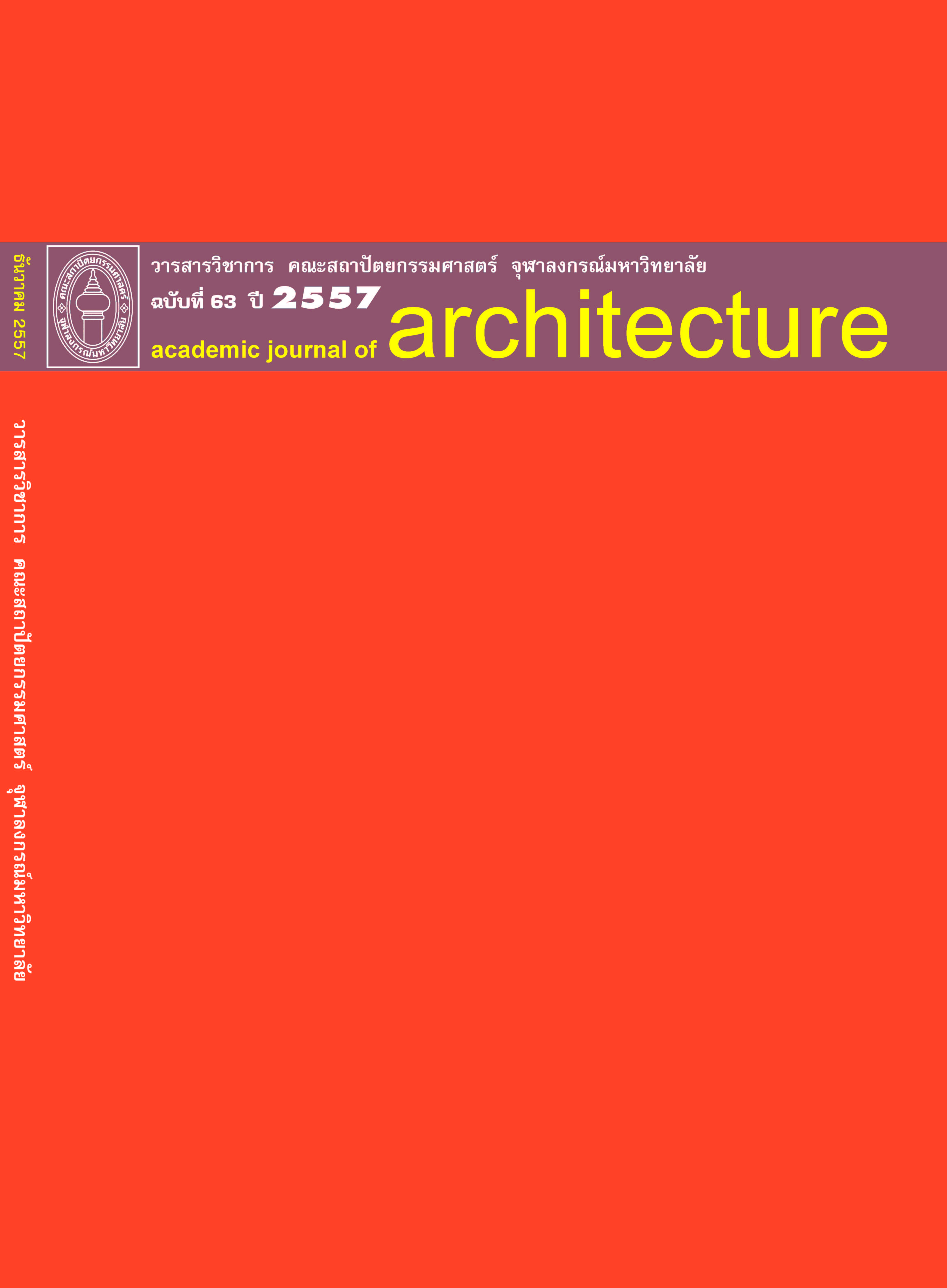Supporting Factors of Stakeholder Participation in Tourism Development Process in Living Heritage Area: a Case Study of Iwami Ginzan, Japan
Main Article Content
Abstract
The purpose of this paper is to consider supporting factors of stakeholder participation in development process of sustainable tourism in living heritage area by reviewing relevant theories and analyzing the development of sustainable tourism in Iwami Ginzan area, Japan.
The review of relevant theories shows that the participation of residents, citizen and local government who have interest in living environment conservation, cultural heritage preservation, and tourism promotion, is an important factor in the promotion of sustainable tourism in living heritage area. However, problems among stakeholders are also found, such as the lack of interest on problem, the lack of deliberative process, conflicts of interest, which prevent effective policy from being enforced.
After being registered as a World Heritage Site, it was predicted that Iwami Ginzan area would face negative impact from tourism. However, with continuous collaboration between local residents, general public, and the local government in enacting sustainable tourism policy, tourism impact in Iwami Ginzan area can be controlled, while cultural tourism suitable to its capacity is created.
This paper reveals how the stakeholder participation process in Iwami Ginzan area can be divided into 3 parts, namely: 1) problems definition process, 2) planning process, and 3) implementation process. It is also found that supporting factors such as education of area’s value and tourism impact, information sharing among stakeholders, or the establishment of deliberative process, positively contribute towards stakeholders’ participation in the development process of sustainable tourism.
Article Details
References
Brohman, J. “New Directions in Tourism for Third World Development.” Annals of Tourism Research 23 (1996): 48-70.
Ezura, T. “Creative Heritage Management and Utilization and Tourism in Preservation Districts of Groups of Historic Buildings.” Senri Ethnological Reports: National Museum of Ethnology 61 (2006): 55-79.
Hayashi. Y. “Puclic-Private Partnership in Iwami Ginzan (官民協働による石見銀山での地域づくり).” Shintoshi 62 (2008): 181-184.
Ishimori, S. “The Potentialities of Autonomous Tourism in the Twenty-first Century.” Senri Ethnological Reports: National Museum of Ethnology 23 (2001): 5-14.
Issarathumnoon, W. “Traditional Urban Community and Its Roles in Heritage Planning A Case of Bangkok Heritage Core.” Philosophy Doctor Thesis, The University of Tokyo, 2009.
Jamal, T. and Getz, D. “Collaboration Theory and Community Tourism Planning.” Annals of Tourism Research 22 (1995): 186-204. Mori, K. World Heritage and Regional Development (世界遺産と地域再生ーー問われるまちづくり). Tokyo: Shinsensha, 2008.
Nishimura, Y. “What is Community based Tourism? (観光まちづくりとは何か) Community-based Tourism (観光まちづくり まち自慢からはじまる地域 マネジメント).” Gakugei Shuppansha (2009): 9-28.
Oguni, H. “Iwami Ginzan and World Heritage Registration Record (石見銀山地域の文化遺産とし ての価値と世界遺産登録への歩み) .” Chibankougakukaishi 56 (2008) : 4-6.
Oguni, H. “Parking Area, Tourism and Conservation in Iwami Ginzan Worlda Heritage Site (世界遺産・ 石見銀山遺跡の保全と観光・駐車場対策) .” Toshikeikaku 60, 1(2011): 41-44.
Omori, Y. “A Study on an Advocacy Planning for Tourism Oriented Development in Historical Town.” Engineering Doctor Thesis, Kyushu University, 2005.
Piadaeng, N. “A Study of Stakeholder Collaboration and Locally- based Tourism Development: A Case Study of the Rural Communities in Thailand.” Philosophy Doctor Thesis, The University of Tokyo, 2005.
Punnoi, N. “Development Process of Stakeholeder Collaboration in Prevention of Tourism Impact in Living Heritage Area : Case Study of Iwami Ginzan.” Philosophy Doctor Thesis, The University of Tokyo, 2013.
Sataki, Y. The Truth of World Heritage (「世界遺産」 の真実---過剰な期待、大いなる誤解). Tokyo: Shodensha, 2009.
Tosun, C. “Limits to Community Participation in the Tourism Development Process in Developing Countries.” Tourism Management 21 (2000): 613-633.
Yamaguchi, C. and Nishiyama, N. “ Fundamental Study on Cocept of Living Heritage.” AIJ Kyushu Chapter Architectural Research Meeting 49 ( 2010): 361-364.


